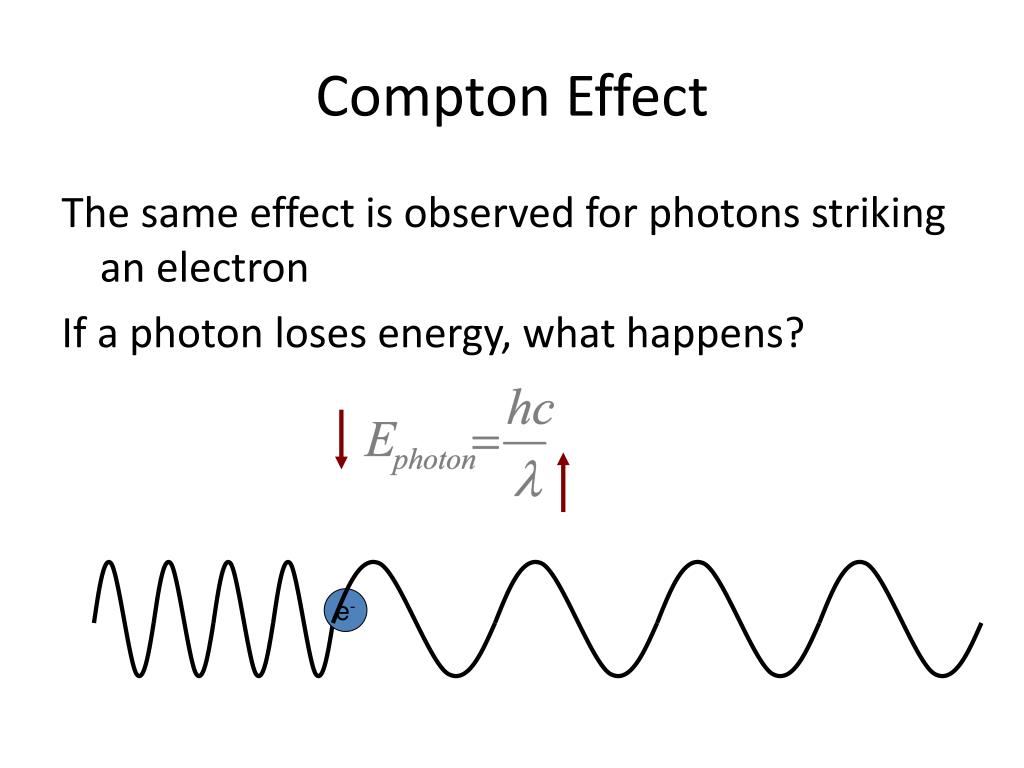

How this could affect Compton scattering remains an open question, although, as A 2 and A ⋅ P couple the initial electronic state with states of different symmetries, interferences leading to unusual electron emission should be expected. However, at sub-keV photon energies, the contributions from A 2 and A ⋅ P can eventually become comparable in magnitude 7, 35. The choice of keV photon energies to perform such experiments in He was not capricious, as the contribution of the A 2 term rapidly decreases with decreasing photon energy, thus leading to a further reduction of the cross section 34. The reason for this behavior is that, at keV energy, the photon-atom interaction potential is dominated by the non-dipole A 2 term instead of by the usual dipole A ⋅ P term, where P is the electron momentum and A is the vector potential of the incident light. Determining the momentum of the scattered photon thus requires the joint measurement of the electron and ion momenta.Īn interesting observation in the above-mentioned He experiment 1, performed with photons of keV energy, was that, as a consequence of the electron binding energy, photons are not scattered in the forward direction. In Compton scattering by bound electrons, an electron is ejected as a result of the photon kick, and the remaining ion recoils to satisfy momentum conservation 1, 7. In standard Compton scattering, momentum exchange between the incoming photon and the free-electron governs the whole process.

The emerging high repetition rate at several XFEL facilities will further facilitate the investigation of such elusive processes by using multi-particle coincidence spectroscopy.Ĭompton scattering of photons by electrons bound to atoms differs from standard Compton scattering, i.e., from scattering by quasi-free electrons, in that it is a three-body problem instead of a two-body one. Because of this, XFELs have already opened the way to the observation of non-linear (multi-photon) processes in the X-ray wavelength spectral region 5, 19, 20, 21, 22, 23, 24, to image single-molecule structural changes by means of photoelectron diffraction 25 and X-ray diffraction 26, or to pump and probe electron dynamics occurring in valence and inner-valence molecular states with few-femtosecond resolution 27, 28, 29, 30, 31, 32, 33. Indeed, ultrashort pulses currently generated by XFELs 15, 18 are at least ten orders of magnitude more intense than those generated in synchrotron radiation facilities, so that they can efficiently compensate for the smallness of the cross-sections by providing a much larger number of photons in a short time interval. This is practically an unsurmountable barrier for molecules, as one must also account for the additional nuclear degrees of freedom.ĭue to their high brilliance and short duration, X-ray free-electron laser (XFEL) pulses 10, 11, 12, 13, 14, 15, 16, 17 should be the ideal tool to investigate Compton scattering from molecules in the few-hundred eV to keV photon energy range. These are very challenging experiments, since, in addition to the inherent complication of detecting the various charged fragments in coincidence with good enough statistics 2, Compton scattering cross-sections are extremely small: around six orders of magnitude smaller than photoionization cross-sections associated with the absorption of that same photon 1, 3, 4, 5, 6, 7, 8, 9. Kinematically complete experiments at synchrotron radiation facilities have recently made it possible to observe Compton scattering of energetic photons from a helium target with unprecedented detail 1, thus providing an additional tool, so far unexplored, to investigate electron dynamics in atoms and molecules.


 0 kommentar(er)
0 kommentar(er)
